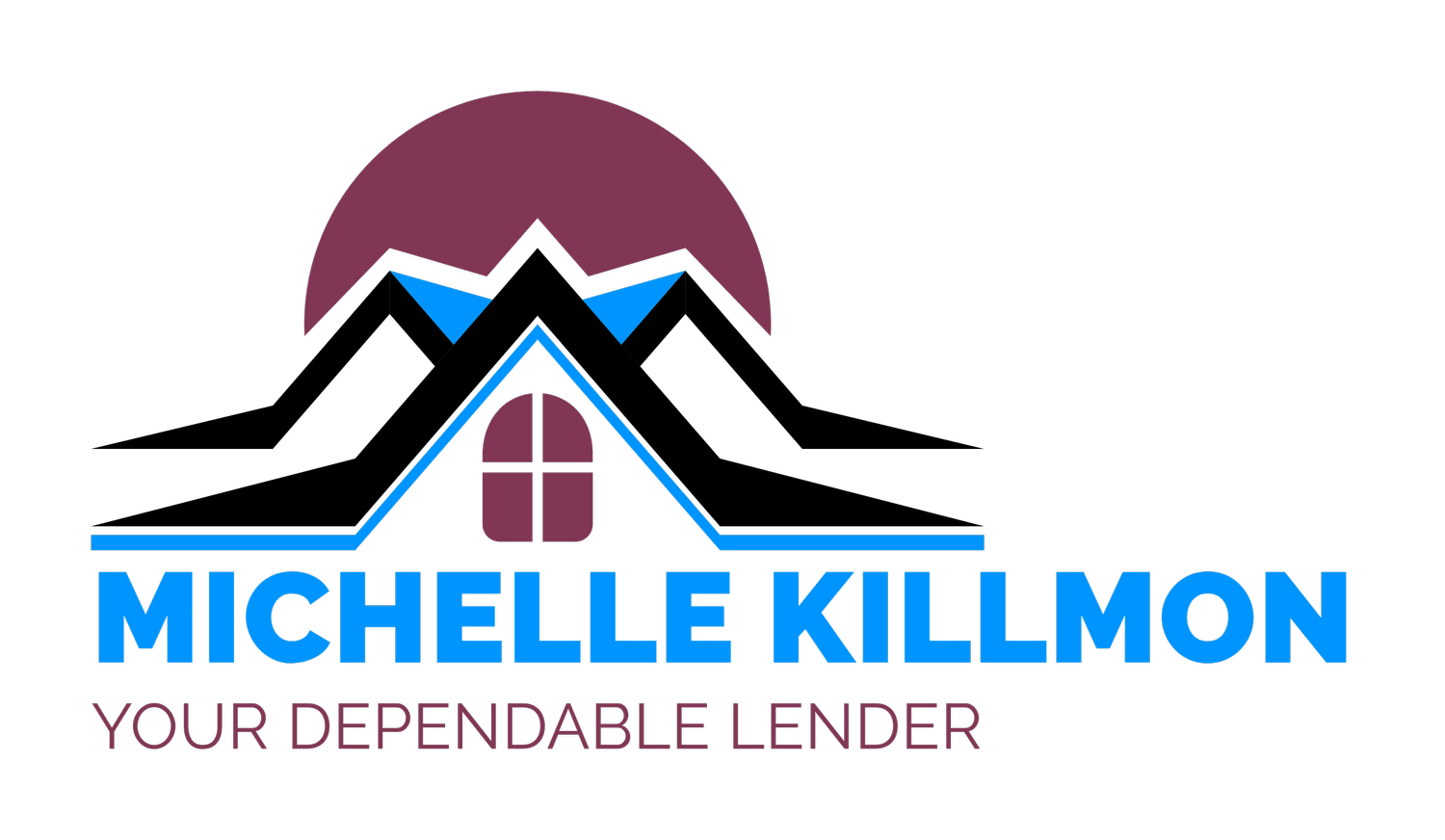How Debt Affects Home Purchasing Power
The cost of living has gone up over the last few years. Many people are relying on credit cards to help. If you are one of them and you think you may want to buy a home in the near future, you may need to be careful of the debt you are accumulating. In this video, I explain how debt affects your home purchasing power.
Transcript:
Hello, Michelle Killmon, Your Dependable Lender for residential mortgages. Today I'm going to talk about how debt affects your home purchasing power. So as we all know, the cost of living has gone up, especially in the last few years, or maybe even the last year. Cost of food has gone up, cost of everything has gone up. And so, many people are turning to credit cards to help fill in those gaps. And so they're stacking up more debt, which is making more payments due every month. And while this is happening, the sales of homes are also continuing to go up. And so to help you understand how accumulating debt affects your home purchasing power, I'm going to give you an example of how I would calculate purchasing power for a conventional loan. So, we're gonna make up a client named Sally. Let's say Sally makes $150,000 a year. So this is $12,500 a month, which sounds like she should be able to afford a pretty decent house, right? Her allowed DTI or debt to income is 45%, which includes mortgage, installment loans like car loans or loans that you make the same payment every month, you're like in an agreement, and revolving debts like credit cards are also included in there, the minimum minimum payments for those. So, the amount of debt loan officers can give her to cover her principal, interest, taxes, insurance, and HOA fees, if there are any, is $5,125. She has only $500 to cover all of those other monthly loans that I had mentioned all those debts that I had mentioned just a little bit ago. So you can see that's not a lot, right? Adds up quick. So if Sally actually has $2,000 total, for her minimum monthly debt obligations, we now have to take that extra $1,500 away from her allowable principal, interest, taxes, insurance, and HOA. Okay? Because she has to be able to fit all of that in within 45% of her income. So if we took that away, now we're only at $3,625 to cover her principal interest, taxes, insurance and homeowners association fees. She can probably still qualify for something. I'm in Colorado, so I'm in a more expensive place. So if you're in a different state, maybe you're like, wow, that's a lot. Colorado is a decent amount. But maybe this is not at the purchase price that she was originally thinking that she can get making $150,000 a year. So I just wanted to give you that example to showcase how I how you can find that purchasing power in general. Now FHA and VA loans can sometimes get a little higher debt to income ratio. So I just use a conventional loan scenario here just to help you understand the more that you're accumulating that debt and your monthly payments are going up, the less you're going to be able to have in that purchasing power arena. So I'm a mortgage broker licensed in Colorado like I said. If you'd like to see what you qualify for, please reach out.
Michelle Killmon NMLS ID# 2288247 | Branch NMLS ID# 2269324 | Pink Home Loans | www.nmlsconsumeraccess.org | Equal Housing Lender
#yourdependablelender #michelledoesmortgages #coloradomortgagebroker #brokersarebetter #coloradolender #coloradoloanofficer #lendingincolorado #homeloans #mortgage #mortgagebroker #coloradorealestate #realestatelender #realestatelending #homeinvesting #homebuying #homerefinance #homepurchasingpower #firsttimehomebuyer #buyfirsthome #debttoincomeratio #debttoincome #loanofficercalculations #howmuchcaniborrow #affordingahome #howtoaffordahome #getpreapproved #preapproval #mortgageapproval #mortgagepreapproval

